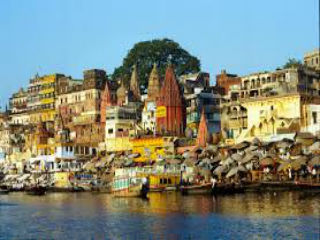 Fate of many temples that somehow survived the Nepal quakes is in limbo because of continuous aftershocks and monsoon rain
Fate of many temples that somehow survived the Nepal quakes is in limbo because of continuous aftershocks and monsoon rain
Temple is a religious house to worship gods and goddesses, apart from being a place for social gathering. Since time immemorial, Nepal is recognized over the world for its artistically designed temples. However, the deadly earthquakes of April 25 and May 12 destroyed most of the temples, buildings and monuments especially in the 14 hardest-hit districts. The fate of many temples that somehow survived the quakes is still in limbo because of the continuous aftershocks and the monsoon rain. As such, many devotees are still afraid of going inside the damaged temples. As is well known, nearly 9,000 people were killed during the quakes. Besides, 2,000,000 homes were destructed and 500,000 people became displaced. The nation suffered economic loss of over US $7 billion. Estimates are that 80 percent of the temples and monuments in Kathmandu Valley were completely destroyed during the quakes. Some of the monuments in Kathmandu, Bhaktapur and Lalitpur districts that collapsed were designated as World Heritage Sites.
Most importantly, the historic Dharahara tower in Kathmandu, apart from “Kasthamandap,” the 16th century wooden monument vanished from the scene. Kathmandu had derived its name from this monument. Other noted temples that were destroyed include Jaya Bageshwari temple, Boudhanathstupa, Ratna Mandir (Panipokhari), Dasavatar, Manju Deval (Shiva), Swet Bhairav, Narayan and Krishna temples. The temple of Rato Machhindranath was razed to ground. The most sacred Swyambhunath temple, also called monkey temple, was partially reduced to debris. Outside Kathmandu Valley, the 350-year old Manakamana Temple and Gorakhkali Temple in Gorkha was badly destroyed. The shrine of the Gorkha Palace had been dedicated to Guru Gorakhnath and was constructed in 1636.
However, the world famous temple of Pashupatinath (Lord Shiva) in Kathmandu miraculously escaped the earthquakes while all surrounding temples were destroyed. People wonder how the fifth-century temple located on the bank of Bagmati River survived. No cracks were developed in any part of this temple, which happens to be one of the seven monument groups in The United Nations Educational, Scientific and Cultural Organization (UNESCO)’s designation of Kathmandu Valley. In another major event, the Taleju temple along with Kumari Ghar of Kathmandu also remained intact at a time when 88 people outside were killed. The statues of Garuda, Kaal Bhairav and Hanuman also survived. At Janakpur, the noted Janaki Mandir survived.
Apart from the Hindu temples, over 1,000 Buddhist monasteries are reported to have collapsed in the 14 hardest hit districts. In this disaster, more than 200 Buddhist nuns and monks were killed. A few mosques, including Kashmiri Takiya Jame mosque in Kathmandu, were partially damaged. A number of worshippers in the Kathmandu’s churches were trapped inside when they collapsed. Kanan Church in Sukhedhara area of Kathmandu crumbled when prayer was going on. Almost 26 Christians, including a pastor and his wife were killed. Besides, Baton of Salvation Church along with some other churches in Buddha Park area also collapsed.
Despite the heavy casualties of life and property, people’s faith in the temples grew stronger. They don’t want any delay in the reconstruction of those temples destroyed during the earthquakes. In order to retain the ancient traditional architect of Nepal, they don’t want any compromise to be made in the originality of the temple structures. With this view in mind, the renovation work at Manakamana temple has just begun. Some efforts have also been made to reconstruct Krishna Mandir in Hanuman Dhoka. Over and above, Pashupati Area Development Fund has asked for over Rs one billion from the government treasury for the renovation of physical structures of Bankali Temple, Vishwarupa Temple and Ram temple in the surrounding of Pashupatinath Temple.
But there are serious challenges in the reconstruction of the temples. Many temples destroyed during the earthquakes because they were mud-built and had very weak structures. So the masons, carpenters and stone carvers would have to be trained in a new way that they are able to use modern technology for the reconstruction of earthquake resistant temples. Need for earthquake resistant structures has become all the more necessary in light of the recent research conducted by a group of international scientists which claimed that the region stretching from western Nepal to northern India is exposed to far greater risk of earthquake as compared to the devastating 7.9 quake of April 25, which failed to release much of the energy “locked” in underlying fault.
People’s expectations from the government for the reconstruction of the temples grew because a huge amount of money was deposited in Prime Minister’s Fund in the post-earthquake period for the reconstruction activities. The foreign donors also made a commitment to provide loans and grants amounting to US $4.4 billion for the reconstruction work during the international donor conference held in Kathmandu on June 25. The government was assured of this fund due to its promise that it would establish high powered National Reconstruction Authority (NRA) and spend the amount effectively for the reconstruction activities.
Sadly though, the NRA has not yet been able to get full shape even after three-and-half months of the earthquakes. No serious effort has been made either by the government, social activists or any other quarter to plan for the reconstruction of the temples for which a hefty amount of money is required.
Considering the importance of temples in our day to day life, each of us should make contribution for temple reconstruction. In order to develop the feeling of ownership in temples and their day-to-day worship, the school and college going children should be motivated to make certain contribution for this purpose. Additional funds for temple construction could also be generated from the affluent non-resident Nepalis. And finally, pressure groups could be formed to see that the government forms NRA without any further delay and releases necessary funds for temple reconstruction, apart from its support to the reconstruction of houses, offices and monuments in the earthquake hit areas.
Source : My Republica

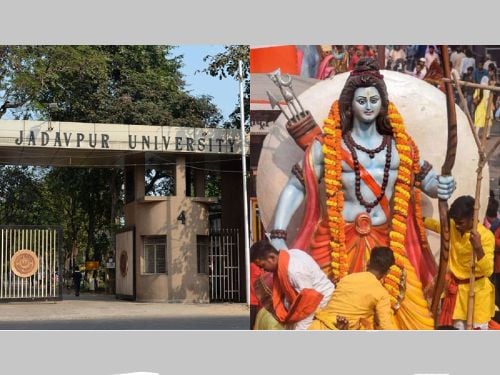 Jadavpur Univ revokes permission to celebrate Ram Navami on campus after granting it
Jadavpur Univ revokes permission to celebrate Ram Navami on campus after granting it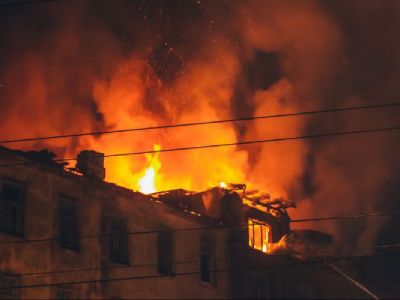 Andhra Pradesh: Farooq kills mentally challenged Hindu man for insurance money
Andhra Pradesh: Farooq kills mentally challenged Hindu man for insurance money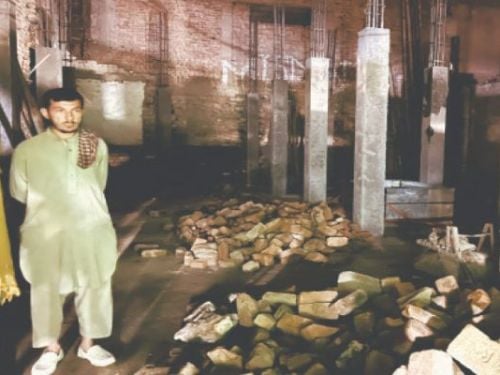 Pakistan: Ancient Hindu temple in Khyber Pakhtunkhwa demolished for commercial complex
Pakistan: Ancient Hindu temple in Khyber Pakhtunkhwa demolished for commercial complex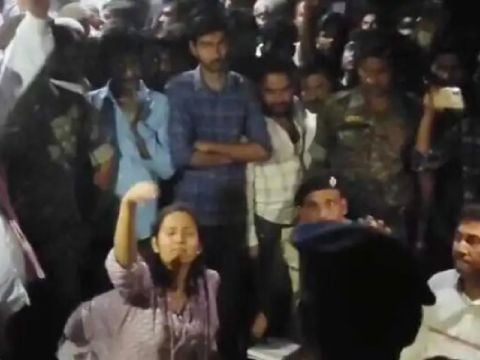 Bihar: Goddess Bhagavati Temple in Araria vandalised and deities damaged
Bihar: Goddess Bhagavati Temple in Araria vandalised and deities damaged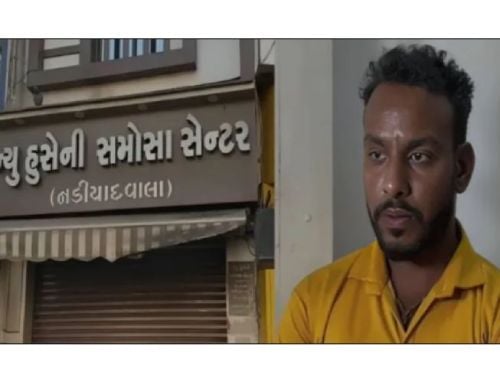 Vadodara: Beef supplier Imran Qureshi arrested in beef-stuffed samosa case
Vadodara: Beef supplier Imran Qureshi arrested in beef-stuffed samosa case After Idukki diocese, Syro Malabar Catholic Church’s Thamarassery diocese screens ‘The Kerala Story’
After Idukki diocese, Syro Malabar Catholic Church’s Thamarassery diocese screens ‘The Kerala Story’